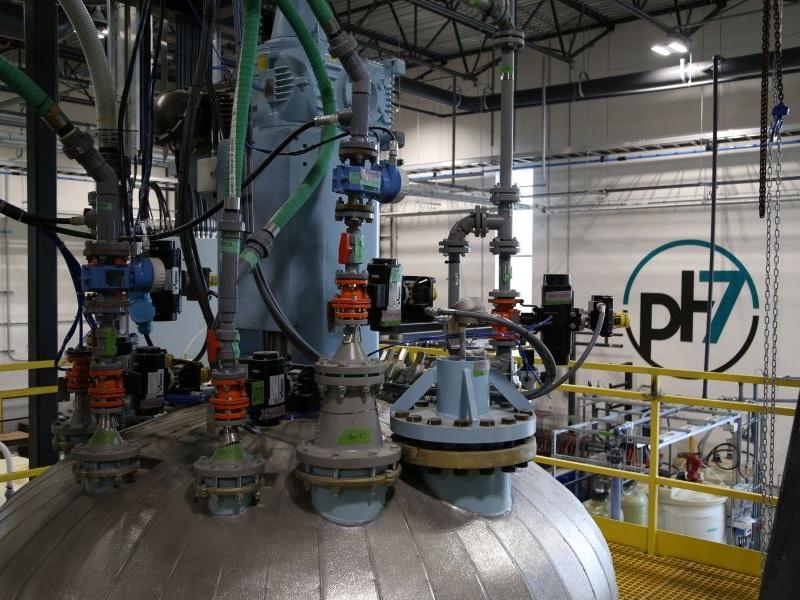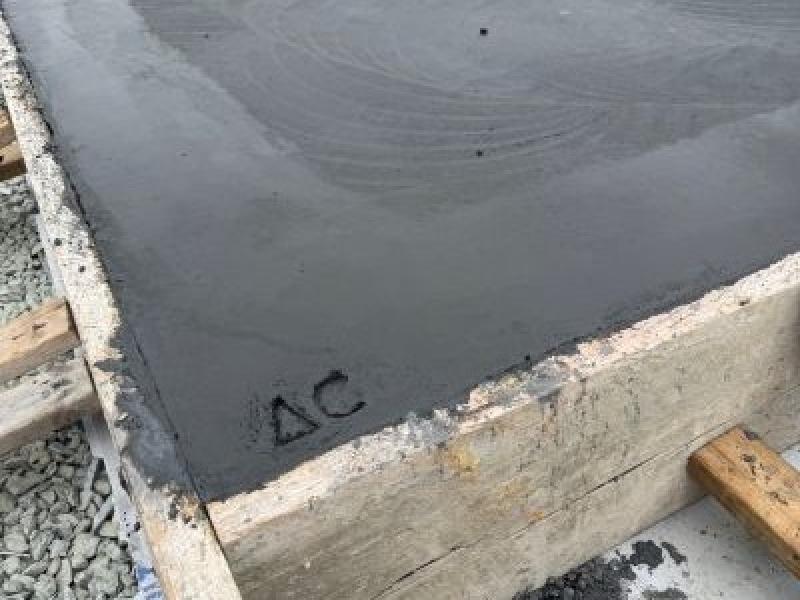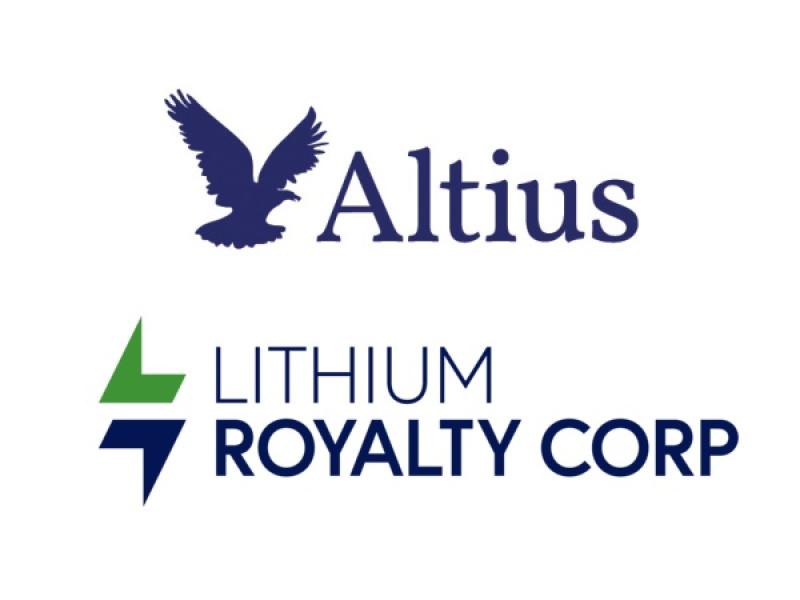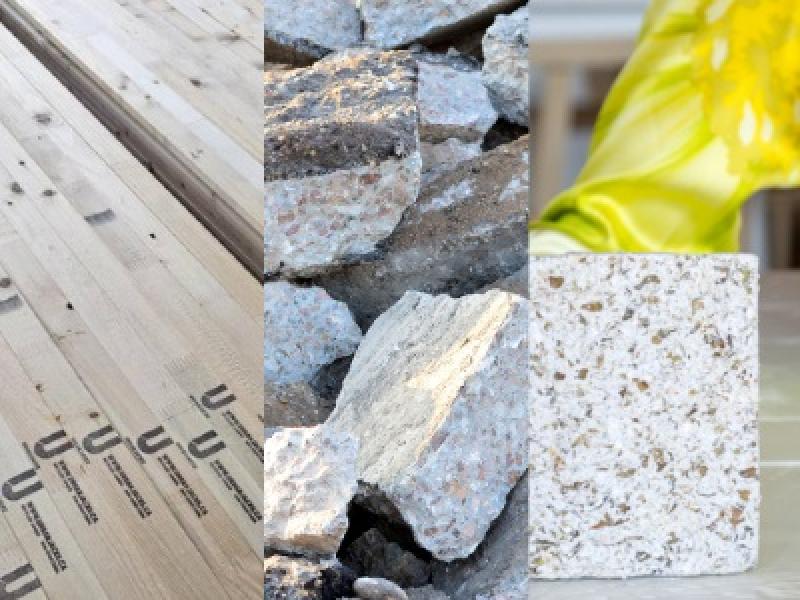
NEO Battery Materials Ltd. (NBM-X) has secured an eight-acre site in Windsor, Ont. for a facility that will make a material that increases the range of an electric vehicle (EV) battery.
Set to be the Toronto-based company’s first commercial-level manufacturing site, it will be located on surplus land at Windsor International Airport.
At full capacity, it is expected to produce 5,000 tons of silicon anode materials per year, enough to support over one million EVs. The black powder is used to make lithium-ion batteries, commonly found in EVs, to boost driving range by at least 20 per cent.
The expected four-phase project is anticipated to draw in approximately $120 million in investment over eight years, a release states.
Phase 1 is scheduled to be operational by late 2026 or early 2027, Danny Huh, NEO’s senior vice-president of strategy and operations, said in an interview with Sustainable Biz Canada.
While plans for some multibillion-dollar Canadian EV battery facilities, such as Umicore's project near Kingston or Northvolt’s plans in Quebec, are being paused amid slowing EV sales, NEO is staying active. As an “underdog within the industry”, it has a strong position because it produces “the only available and most promising material in the short-and medium-term to actually effectively increase the battery capacity,” Huh said.
A four-phase project
Once complete, the facility will be around 90,000 square feet, Huh said, with 50,000 to 60,000 square feet dedicated to silicon anode manufacturing. The remaining space will be allocated for other activities, which could include silicon recycling.
Phase 1 of the Windsor facility will have an annual production capacity of 240 tons. It will be raised four times to 1,000 tons in Phase 2, more than doubled to 2,500 tons in Phase 3, and ramp up to 5,000 tons in Phase 4.
An optimistic timeline for construction to start will be Q3, Huh said, with work on all four phases expected to take approximately five years. But construction could be sped up if NEO secures joint ventures or more investment from partners such as large battery manufacturers, he added.
A large portion of the project financing is expected to be government grants and loans, Huh said, and NEO is seeking partnerships with battery companies that have international reach for financial contributions.
At Phase 4, NEO will aim to hire 100 full-time employees.
As a company supporting the transition to EVs, NEO will also look to apply sustainability in its manufacturing. Huh said 80 to 90 per cent of the manufacturing will be done at room temperature, which reduces energy consumption.
“But where we differentiate from our competitors is that we use sustainable manufacturing technology that is simple,” Huh said. “So that's where we realize a reduction within the carbon emissions.”
Data on how much it reduces carbon or energy use by is not yet available, so NEO plans to run a study in Phase 1 to get exact figures.
The silicon anodes will be supplied to battery cell manufacturers and EV automakers with in-house cell-making capabilities. NEO has been able to forge advanced agreements and sent its silicon anode for testing by battery cell manufacturers and EV automakers, who may be the company’s first customers, Huh said.
Helping Windsor become a ‘battery powerhouse’
NEO chose Windsor for the facility because of its emerging reputation as “Canada’s battery powerhouse,” Huh said.
Known as the Automotive Capital of Canada, the city has a history in automaking, symbolized by the Windsor Assembly Plant. Located right across the border from Detroit that is home to iconic U.S. automakers like General Motors and Ford, Windsor's auto industry is experiencing a rebirth as it retools for an increasingly electrified future.
NextStar, a neighbouring joint venture between Stellantis and LG, is producing battery modules and expected to make battery cells this year, as an example of the shift in Windsor.
Though EV sales in Canada and the world have slowed, Huh said it has not been curbed. With more lower-end EV models from Chevrolet, Tesla, and Chinese and Korean automakers hitting the market, he expects a sales boom in late 2025 to early 2026.
“Although it's not the growth that the market would have liked to see, we do see that growth is still continuing, and there's going to be more explosive growth to come.”
NEO also has plans to develop a commercial-scale facility in South Korea and to continue technology development.










